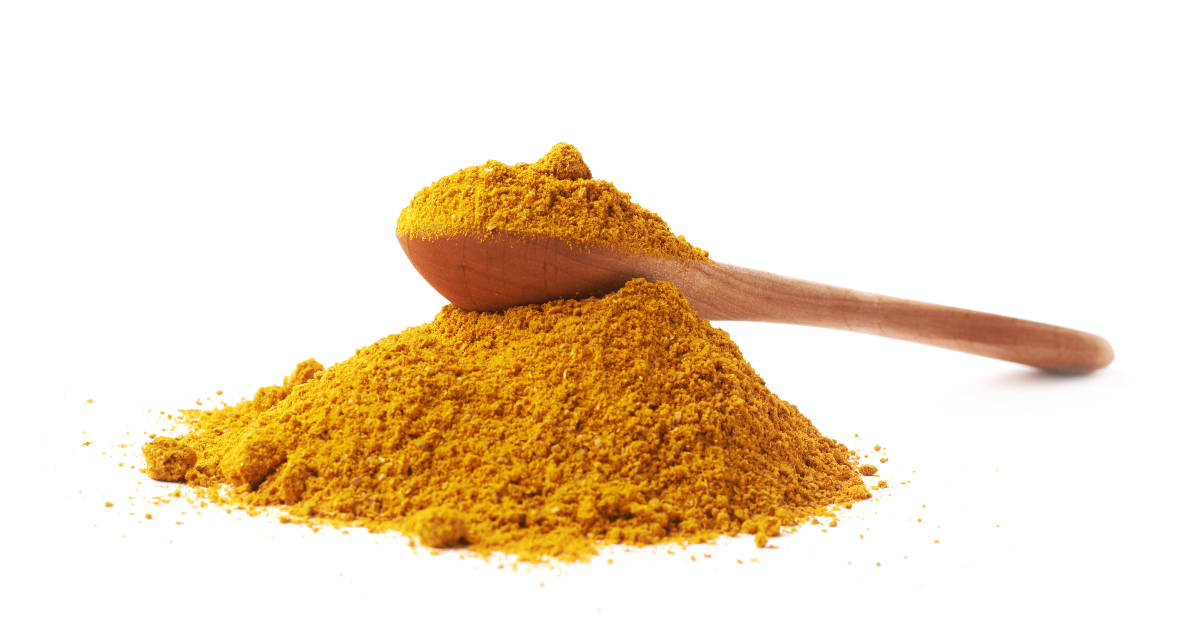Curry powder is a versatile and flavorful spice blend that can transform the flavor of many dishes.

While it is commonly associated with curries, there are so many other ways to use curry powder in cooking beyond just curries.
What Makes Curry Powder So Special?
Curry powder contains a unique blend of spices like turmeric, coriander, cumin, ginger, and more. These spices are carefully balanced to provide the perfect combination of heat and flavor. This special mix of spices gives curry powder the ability to add an unmistakable, aromatic kick to any dish.
The versatility of curry powder also makes it special. While it's commonly associated with curries, it can be used to flavor stews, burgers, rice dishes, and so much more. Curry powder is like an all-purpose spice blend that brings delicious flavor to whatever you add it to.
How to Cook with Curry Powder

When cooking with curry powder, the technique you use depends on the dish you are making. Here are some tips:
- Bloom in oil: For maximum flavor, bloom the curry powder by cooking it briefly in oil over low-medium heat. This enhances the spices' flavors and aromas.
- Add early: When making curries or soups, add curry powder early so the spices have time to permeate the entire dish.
- Use as rub or marinade: Rub curry powder mixed directly onto meat or add it to marinades for extra flavor.
- Adjust heat: Curry powders vary in spiciness. Add a little at first, then adjust the heat to your taste. Don't let it burn.
- Complement, don't overwhelm: Use just enough to complement other flavors rather than overwhelming them. Start with 1-2 tsp per pound of meat or 4 servings.
Dishes That Pair Well with Curry Powder
Curry powder can transform the flavor of many savory dishes. Here are some tasty ways to use it:
Stews and Meaty Meals
Curry powder adds delightful depth and warmth to hearty stews and meat dishes. It's especially nice with chicken, beef, and lamb. Some examples:
- Chicken stew: Add 1-2 tsp mild curry powder per pound of meat. It pairs great with veggies like cabbage.
- Beef stew: Stir in 1-2 tsp of medium curry powder to lend delicious richness. Serve with brown rice or quinoa.
- Lamb curry: Rub lamb generously with Madras curry powder before browning for an aromatic curry dish.
Soups and Savory Rice
Curry powder can lend addictive flavor and heat to soups and rice dishes. Try these tasty ideas:
- Hearty bone soup: Simmer beef bones with veggies in broth seasoned with 1-2 tsp mild curry powder for warmth.
- Jollof rice: Stir mild curry powder into this classic West African one-pot rice dish for enticing flavor.
- Vegetable soup: Add a pinch of curry powder to vegetable soup for a livelier flavor.
Seasonings, Rubs, and Marinades
Curry powder shines when used as a versatile seasoning. Liven up these dishes:
- Grilled meats: Make a wet or dry rub with 2 tsp curry powder per pound of meat. It's fantastic on chicken, pork, lamb, and beef.
- Salad dressing: Whisk 1 tsp curry powder into vinaigrettes or creamy dressings for a flavor twist.
- Popcorn: Toss popped popcorn with a little melted butter and curry powder for finger-licking flavor.
- Fried rice: Sprinkle curry powder into fried rice for an aromatic, addictive flavor. Cashews add a nice crunch.
Why Every Kitchen Needs Curry Powder
There are many excellent reasons to keep curry powder stocked in your kitchen:
- It's an extremely versatile all-purpose seasoning that enhances various savory dishes ranging from eggs to roasted vegetables.
- Curry powder adds a big, bold flavor that makes dishes more exciting. It packs a punch of aromatic spice and heat.
- It provides layers of complex flavor from the blend of spices like coriander, cumin, turmeric, ginger, and more.
- You can use it to transform basic dishes into vibrant Indian, Thai, or African flavor journeys.
- Having curry powder on hand means you can quickly jazz up weeknight dinners, rather than needing separate spices.
- A little sprinkle of this multipurpose spice blend goes a long way in adding intrigue to recipes.
So do your cooking a favor and ensure your kitchen is always stocked with curry powder!
FAQ
What's the difference between curry powder and garam masala?
While both are spice blends, curry powder tends to include spices like turmeric, coriander, and cumin that add vibrancy. Garam masala contains warming spices like cinnamon, cardamom, and black pepper. Garam masala is usually added at the end for flavor, while curry powder cooks through a dish.
How spicy is curry powder?
Spiciness varies by brand. Look for labels like "mild", "hot", or "Madras" to choose your desired heat level. Start with a small amount, taste, and adjust as needed. You can control spiciness based on the type and amount of curry powder used.
What foods pair well with curry powder?
Curry powder complements starchy foods like potatoes, bread, rice, legumes, eggs, and creamy foods like coconut milk. It also pairs well with meats, poultry, fish, and vegetables like cauliflower, spinach, peas, and tomatoes. Play around with ingredient pairings to find your perfect matches!
Can I substitute curry powder for garam masala?
It depends on the dish. Garam masala is added at the end of cooking for flavor. Curry powder can substitute for garam masala in small amounts, but the flavor won't be exactly the same since curry powder cooks through dishes. For the best flavor, use recommended spices in recipes.
Conclusion
Curry powder is a versatile spice blend that can transform and amplify the flavor of nearly any savory dish.
Now that you know key techniques for cooking with curry powder and which foods pair well with it, you can confidently use it.

